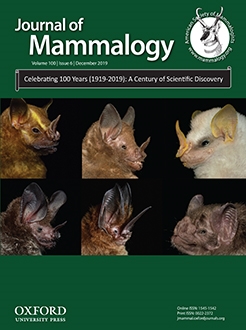Island biogeography theory (IBT) explains and estimates large-scale ecological patterns among islands and isolated habitat patches. Specifically, IBT predicts that the number of species per habitat patch differs as a function of area and isolation as a result of local colonization and extinction. Accurate estimates of species richness are essential for testing predictions of IBT, but differences in detectability of species can lead to bias in empirical data. Hierarchical community models correct for imperfect detection by leveraging information from across the community to estimate species-specific occupancy and detection probabilities. Using the fragmented Ozark glades as our model system, we constructed a hierarchical community model to 1) estimate site-level and regional species richness of small mammals while correcting for detection error, and 2) determine environmental covariates driving occupancy. We sampled 16 glades in southwestern Missouri in summer 2016–2017 and quantified mammal community structure within the glade network. The detected species pool included eight species, and the model yielded a regional species estimate of 8.6 species, with a mean of 3.47 species per glade. Species richness increased with patch area but not isolation, and effects of patch shape varied between species in the community.
How to translate text using browser tools
4 June 2019
Small mammal community composition varies among Ozark glades
Emily M. Beasley,
Sean P. Maher
ACCESS THE FULL ARTICLE

Journal of Mammalogy
Vol. 100 • No. 6
December 2019
Vol. 100 • No. 6
December 2019
community structure
hierarchical occupancy model
island biogeography theory
Ozark glades
small mammals




